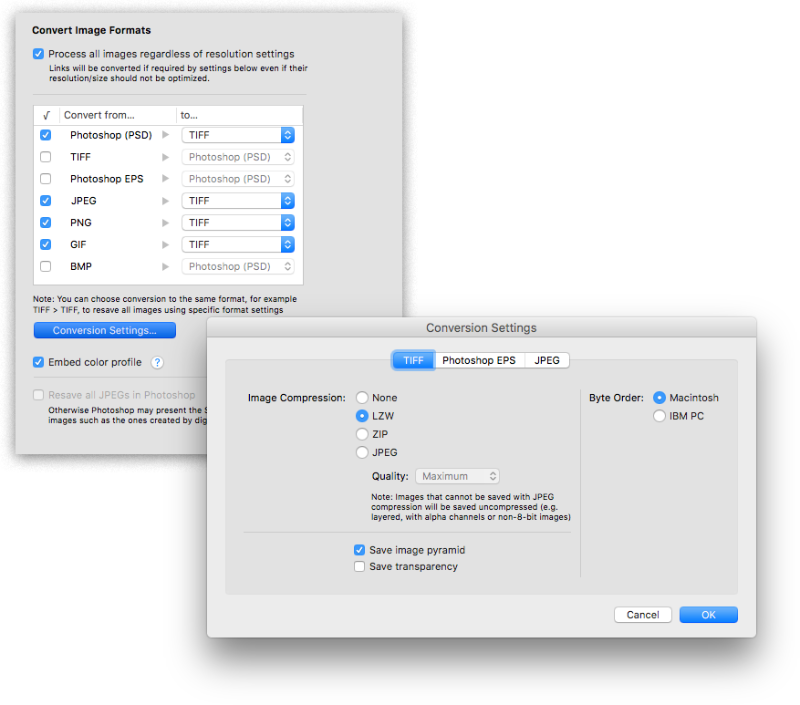“iFixIt” has offered a teardown (http://www.ifixit.com/Teardown/iPad-3G-Teardown/2374/1) of the 3G iPad and says it shows some interesting differences when compared to its Wi-Fi-only sibling, mostly due to its additional 3G / GPS functionality. Check out the highlights below. Here are some of the highlights of the teardown:
° The immediate visible difference is the inclusion of a black plastic RF window on top of the iPad for better antenna reception.
° The black RF window significantly changes the opening procedure. You can’t start separating the display using the notches on the top (à la Wi-Fi version), since that will undoubtedly break the RF window. You have to start from the right side and gingerly proceed to the top and bottom of the iPad.
° There are actually five antennas in this iPad. There are two antennas that handle the cell reception — one is in the RF window on top, the other attaches to the LCD frame. A single GPS antenna is also housed in the RF window on top. Just like the iPad Wi-Fi, there are two antennas that handle Wi-Fi / Bluetooth connectivity, one in the Apple logo and another to the left of the dock connector. You heard that right, folks: Apple looks to be using the entire LCD frame as an antenna.
° Apple uses the same 3G baseband processor in both the iPhone 3GS and the iPad 3G.
° The baseband processor in question is the Infineon 337S3754 PMB 8878 X-Gold IC. It was actually white-labeled on the production unit, but with enough sleuthing “iFixIt’ was able to confirm its true identity.
° The iPad 3G has a Broadcom BCM4750UBG Single-Chip AGPS Solution, whereas the iPhone 3GS uses an Infineon Hammerhead II package.
° Apple didn’t change any major suppliers between manufacturing the pre-production unit they provided the FCC and their final production run.


